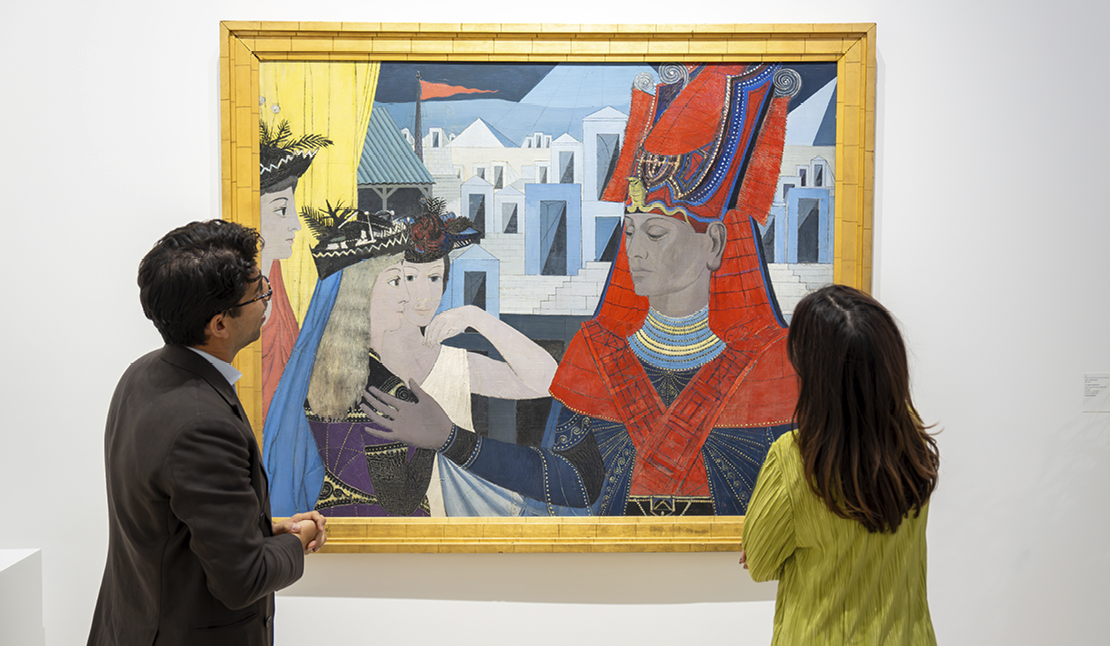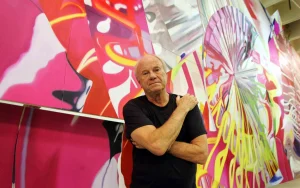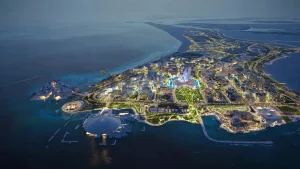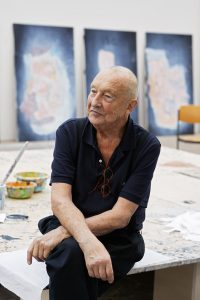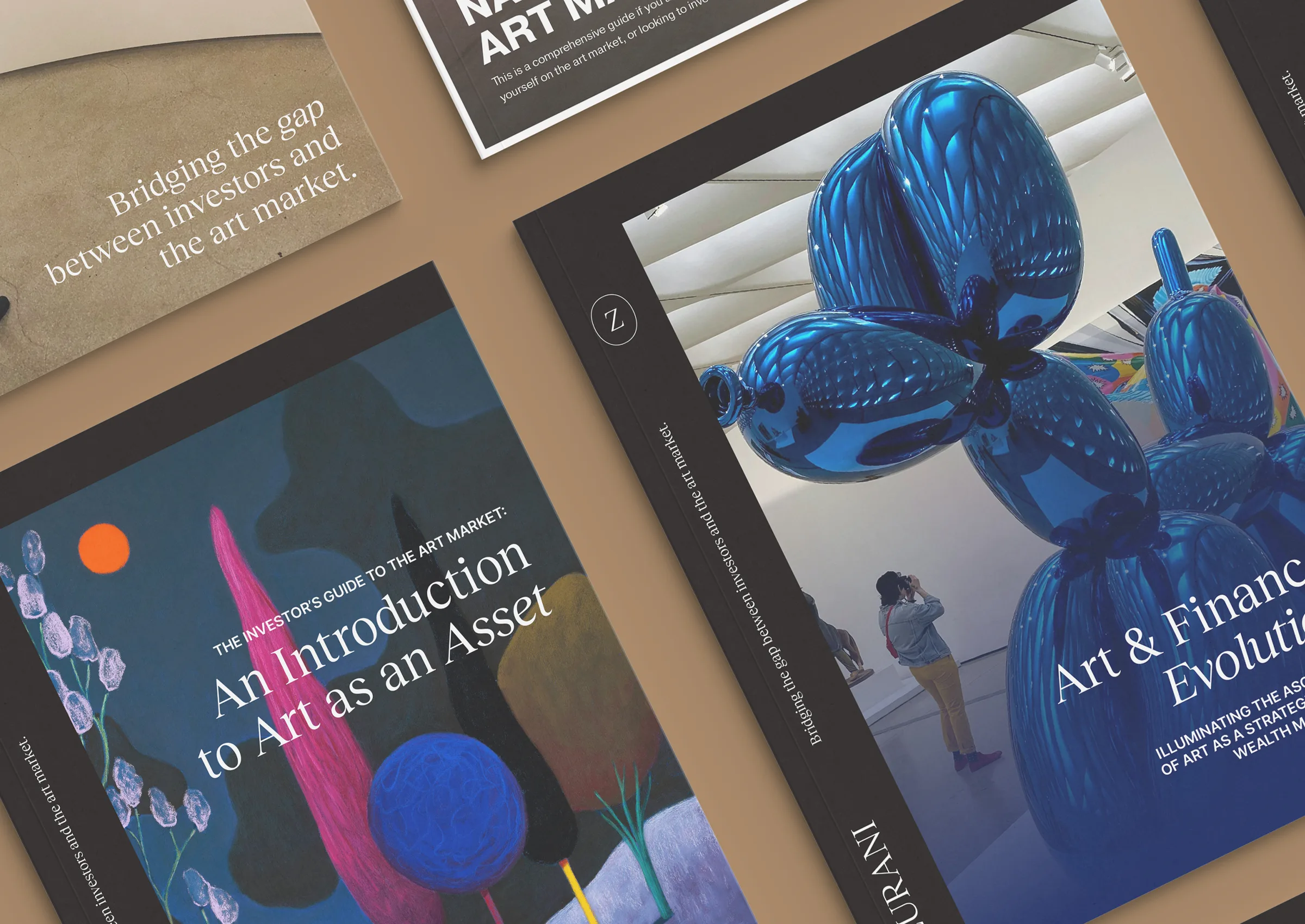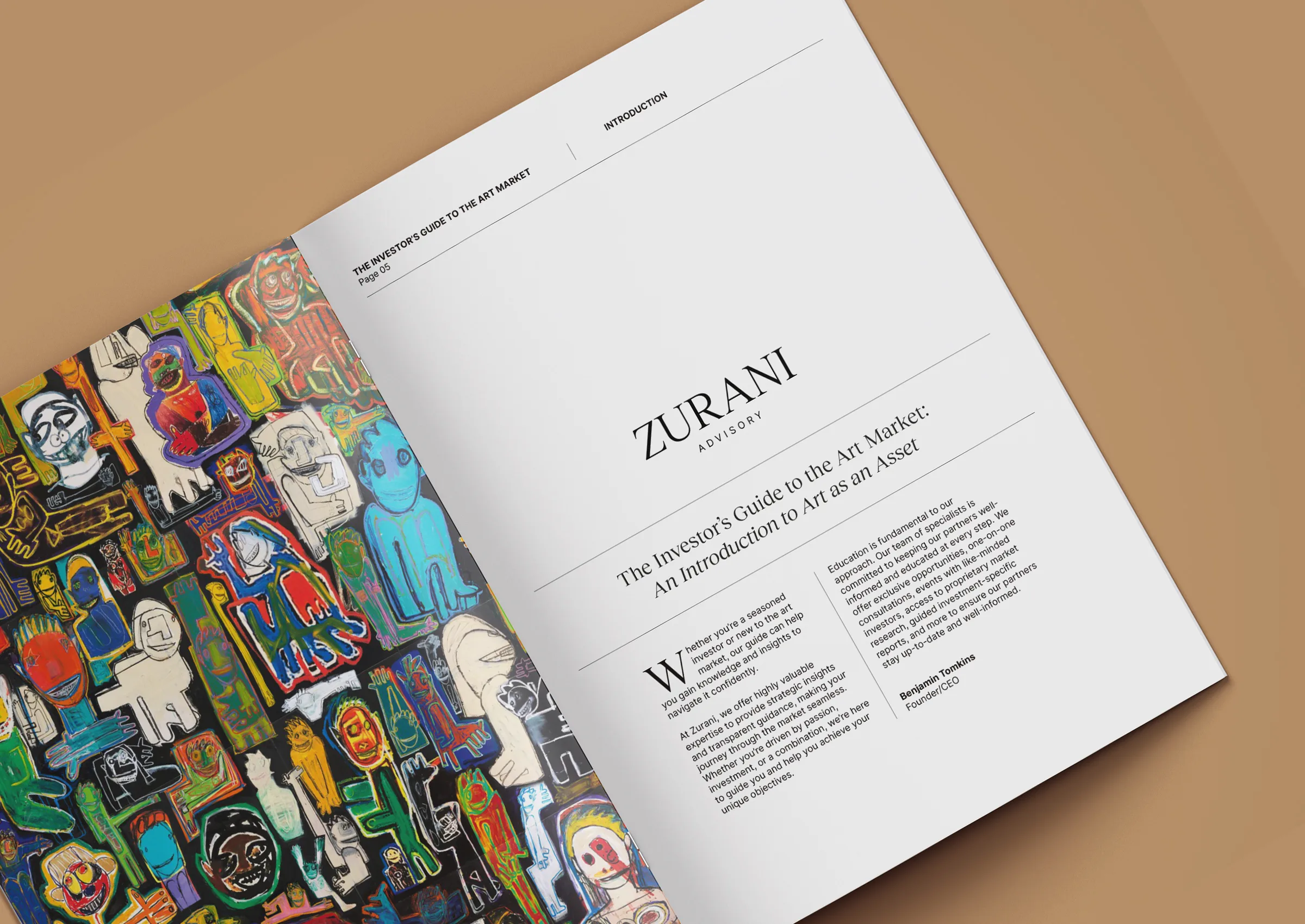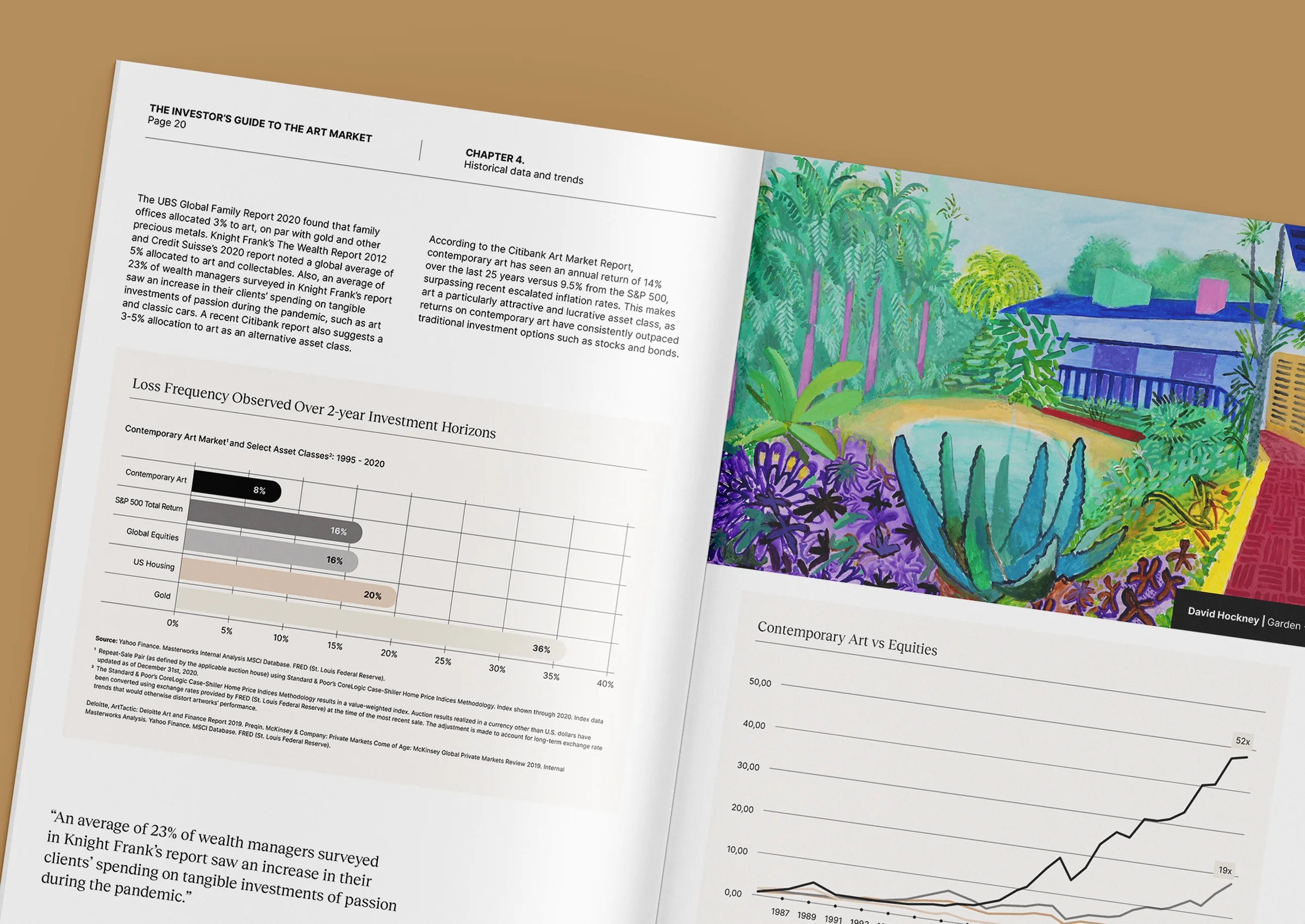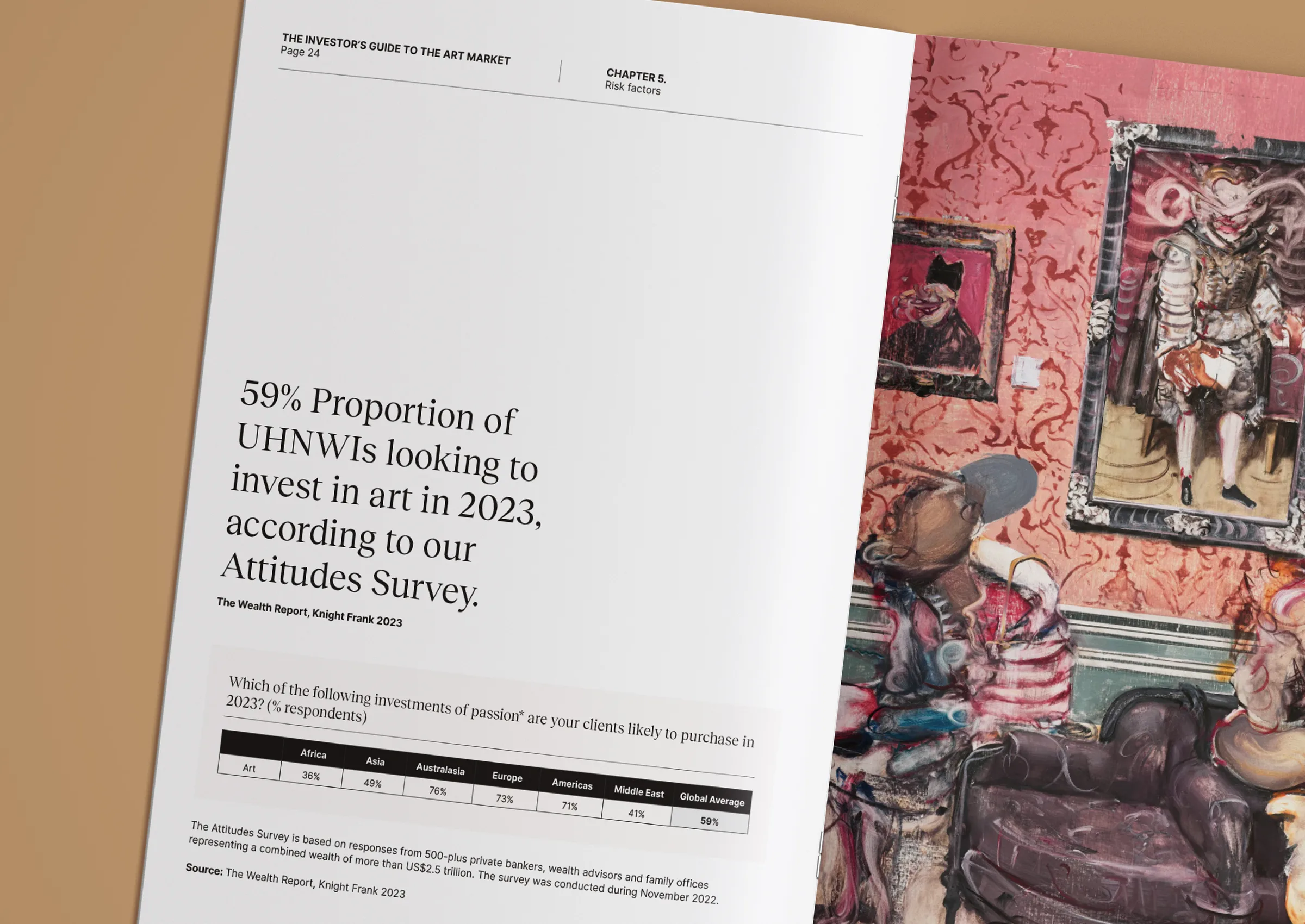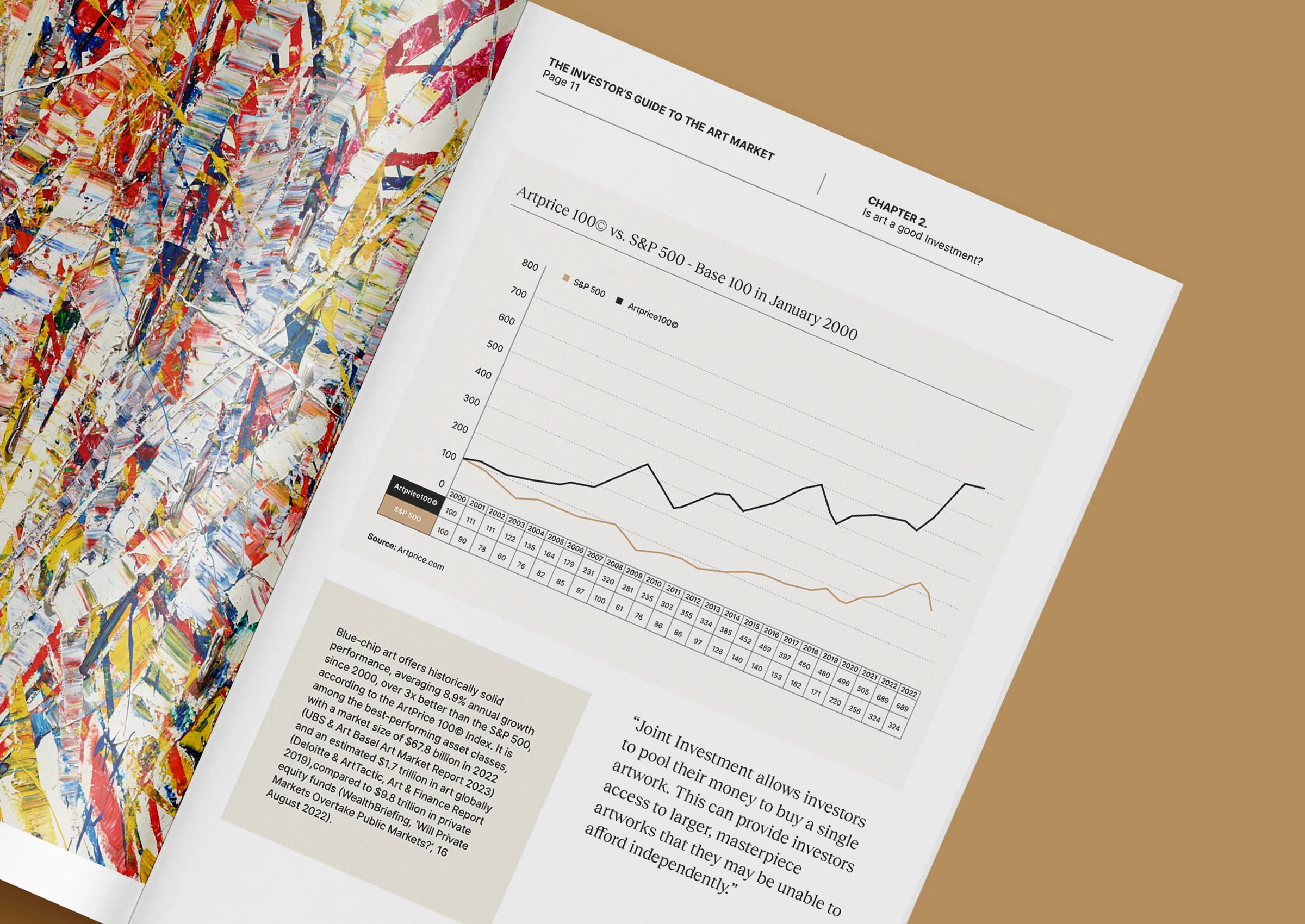Frieze enters the Gulf with Abu Dhabi Art acquisition as regional rivalry heats up
In a move that reshapes the cultural geography of the Middle East, Frieze has announced its acquisition of Abu Dhabi Art, which will relaunch as Frieze Abu Dhabi in 2026. It marks the London-based fair’s first expansion into the Gulf and positions it directly alongside Art Basel, which will debut its own Doha fair just months earlier.
The timing is striking. Both announcements come as global competition for the region’s collectors, institutions, and cultural investment reaches new heights. The Gulf has evolved from a peripheral market to one of the world’s most dynamic art destinations, and the arrival of Frieze only confirms its growing significance.
A new chapter for Abu Dhabi Art
Founded in 2008, Abu Dhabi Art has long anchored the UAE capital’s cultural calendar, held each November at Manarat Al Saadiyat. Its upcoming 2025 edition, running from 19 to 23 November with around 140 participating galleries, will be its largest yet. From 2026, it will formally rebrand as Frieze Abu Dhabi, signalling a new phase of international alignment.
Frieze’s CEO Simon Fox called Abu Dhabi “a cultural leader,” praising its “world-class institutions and long-term vision for the arts.” The partnership, he said, would “amplify the emirate’s achievements and champion regional artistic practices.”
For H.E. Mohamed Khalifa Al Mubarak, chairman of the Department of Culture and Tourism – Abu Dhabi (DCT Abu Dhabi), the collaboration is a “natural evolution” of the fair’s history. Over the past decade, Abu Dhabi has transformed its artistic landscape, investing heavily in the Saadiyat Cultural District, home to Louvre Abu Dhabi and the soon-to-open Guggenheim Abu Dhabi.
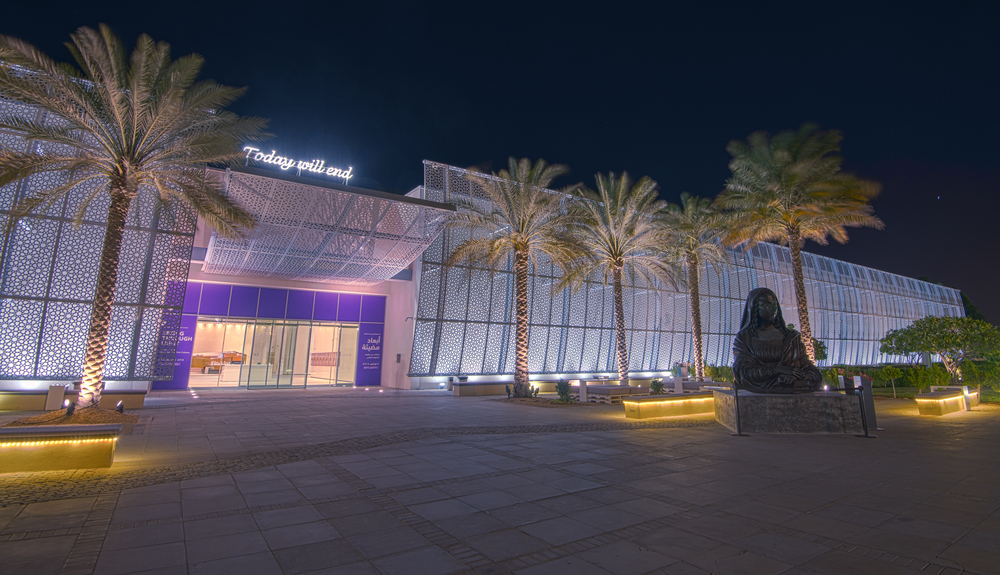
A shifting collector landscape
While institutional infrastructure has been at the heart of the emirate’s cultural strategy, it is the changing behaviour of collectors that now underpins the market’s momentum. A new generation of Gulf collectors, often younger, globally educated, and digitally connected, is emerging with a preference for conceptual depth over decorative prestige.
Family offices and private museums, once focused on blue-chip works, are now actively acquiring pieces by contemporary Arab, South Asian, and African artists, reflecting a broader appetite for cultural authenticity and cross-regional dialogue. For Frieze, whose model thrives on connecting local scenes with global audiences, this alignment is both timely and strategic.
Cultural diplomacy through art
Frieze’s arrival also underscores how art has become an instrument of soft power in the Gulf. Abu Dhabi, with its steady and state-led investment, has positioned itself as a cultural interlocutor between East and West. Qatar, by contrast, has long leveraged cultural patronage abroad, from major acquisitions by the Qatar Museums Authority to sponsorship of the Venice Biennale, as a tool of diplomatic influence.
In this light, the rivalry between Frieze Abu Dhabi and Art Basel Qatar represents more than market competition. It is a reflection of each nation’s distinct cultural identity and ambition. Where Doha may appeal through scale and spectacle, Abu Dhabi’s approach leans toward depth, continuity, and institutional coherence.
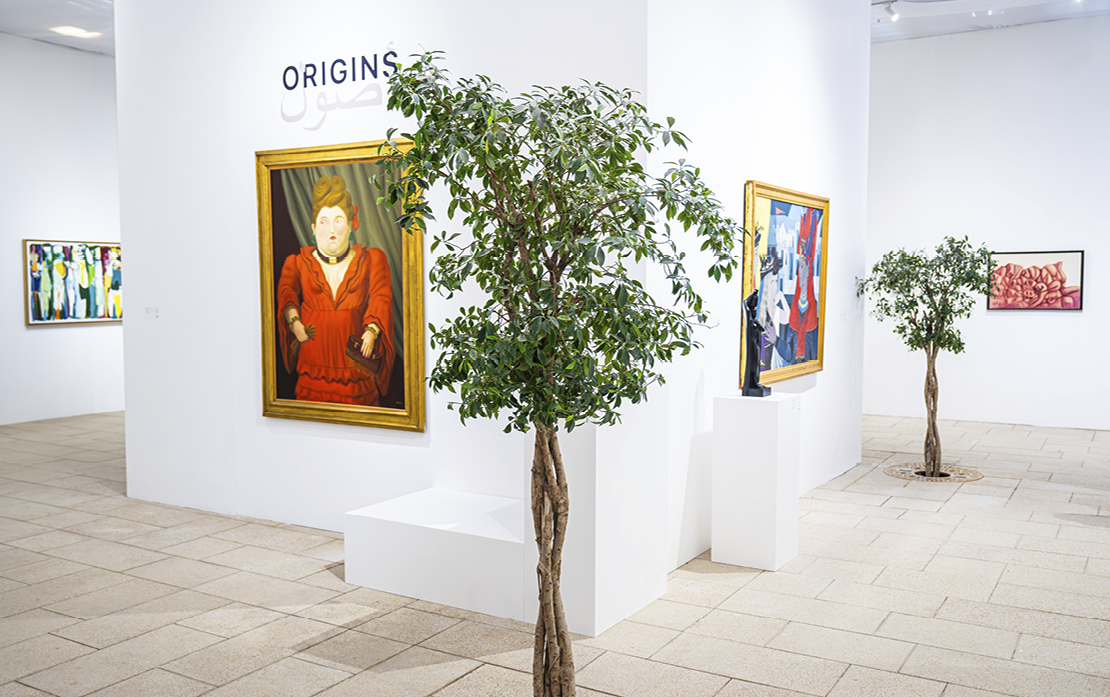
Regional markets in motion
The Gulf’s transformation into a global art hub is being accelerated by significant private and state investment. In 2024, ADQ, one of Abu Dhabi’s sovereign wealth funds, invested $1 billion in Sotheby’s, paving the way for Abu Dhabi Collectors’ Week, a high-profile series of auctions and exhibitions launching this December.
Meanwhile, Saudi Arabia continues to expand its cultural footprint. Sotheby’s held its first sale in Riyadh earlier this year, with Fernando Botero’s Society Woman (2003) fetching $1.02 million. Christie’s and Bonhams have each deepened their presence in the kingdom, while Colnaghi, the London-based Old Masters dealer, has entered a partnership with Sarat Investment Holding to open a new Riyadh space.
For the UAE’s gallery ecosystem, Frieze’s entry may prove transformative. While some fear that an international fair could overshadow smaller regional players, others see opportunity. Access to Frieze’s global network could raise visibility for UAE and GCC-based galleries, expanding collector bases and curatorial collaborations across continents.
Frieze’s growing global empire
With Abu Dhabi joining its roster, Frieze now operates eight international art fairs, including those in London, New York, Los Angeles, Seoul, and Chicago. Its parent company, Mari, founded by entertainment executive Ari Emanuel, has rapidly diversified into cultural ventures, acquiring Expo Chicago, The Armory Show, and even Barrett-Jackson, a leading collector-car auction house.
Emanuel has raised around $2 billion in equity, backed by investors such as Apollo and the Qatar Investment Authority, signalling confidence in the convergence of art, entertainment, and luxury markets. His vision positions Frieze not simply as a fair organiser but as a curator of cultural ecosystems, and Abu Dhabi now forms part of that strategy.
A new cultural centre of gravity
If Frieze’s move confirms anything, it is that the Gulf has become a defining centre of the global art map. Once seen as a secondary market, the region now shapes the rhythm of the international art calendar. From Dubai’s commercial energy to Abu Dhabi’s institutional gravitas and Riyadh’s rapid rise, the conversation is shifting decisively eastward.
For collectors, curators, and investors alike, Frieze Abu Dhabi represents not just another fair but a symbol of the Gulf’s maturing cultural confidence and its long-term bet on art as both a social and economic force.
If you are navigating acquisitions, appraisals, or collection strategies across the Gulf’s expanding art ecosystem, Zurani provides discreet and independent advisory support. Reach us at +971 58 593 5523 or contact@zurani.com to learn more.
